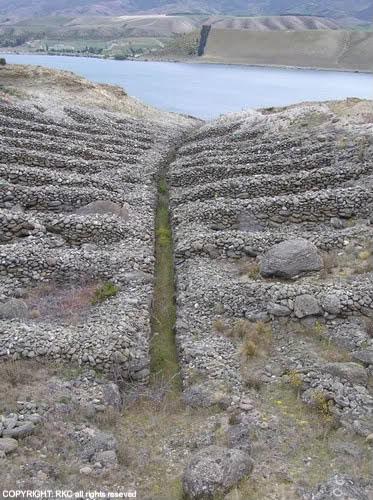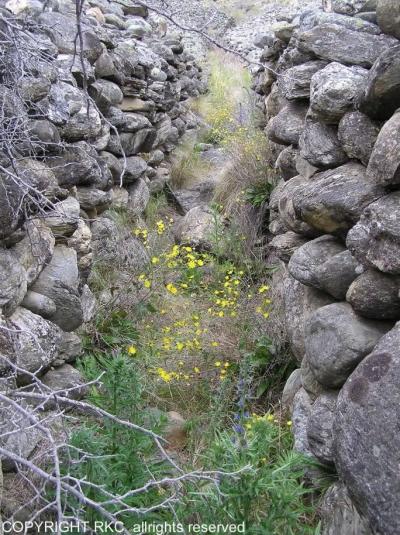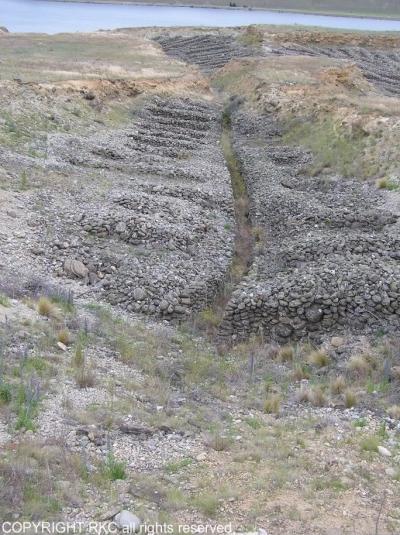Leaderboard
Popular Content
Showing content with the highest reputation on 02/14/2014 in all areas
-
G'day, Here in New Zealand over the last 20 years archaeologists have extensively studied tailing piles while recording historic gold mining sites. And in the province of Otago in the South Island, there were over 500 mining sites, with tailing's, recorded in the upper reaches of a single river (Clutha river). In one report archaeologists stated that "... neatly stacked tailing's are commonly assumed to be the work of Chinese miners. This is an unreasonable assumption; many mining sites which have been worked only by European miners are equally tidy. Conversely, the tailing's in some sites known to have been worked by Chinese miners are not neatly stacked". My take on the issue referred to in the above statement by archaeologists is that both European and Chinese miners hand stacked rocks ... which they had to do out of necessity! But, there was often some difference, and more often than not the Chinese miners stacked the rocks much more neatly and precisely than the European miners. One reason for this was the fact that the Chinese tended to work cooperatively in large groups and would always work systematical. Also, the Chinese were more likely to be reworking previously worked ground than to be working virgin ground. The European miners were usually the first on the scene of a new gold discovery and in their rush to get the very best of the gold, they only did what work they had to do to get the best and would soon move on to the next rush. The Chinese would often come onto a goldfield a little while after the first rush had concluded, and after most of the Europeans had moved on to the next rush. Then, because the excitement of the initial rush had faded, they could work in a less hectic atmosphere. Chinese miners were thorougher by nature, and also ‘had’ to be thorougher to get whatever gold the European miners missed. And in a less hectic post-rush atmosphere, the Chinese had the time and inclination to precisely hand stack rocks in walls. Although it can never be ruled out that there may be some unworked highly auriferous virgin ground under tailing's, its highly unlikely ... especially where the Chinese had worked. Any gold found these days under tailing's is likely to be gold missed by the earlier miners who might have mistakenly thrown a nugget or two aside, such as when forking in a tail-race. Here in New Zealand there are an impressive number of old sluicing mines with stacked stones, that remain intact. Nevertheless, there have been many destroyed by gravel removal, land development, dam construction, modern mining, and in recent years by the bulldozing flat of tailing's to plant vines for wine. What has saved most of the remaining mine sites is their remoteness, and those that remain are mostly in an excellent state of preservation. New Zealand archaeologists have classified tailing's into the following categories, parallel tailing's, curved tailing's, box tailing's, fan tailing's, blow down tailing's, amorphous tailing's, pot-hole tailing's and herringbone tailing's. Herringbone tailing's are the most interesting and are characterised by a herringbone pattern with the stones stacked in parallel lines at angles to a central tail-race with the working face encroaching from the lower end of the claim. These tailing's are easily the most visually interesting of all tailing styles because of their symmetry. And the best example of herringbone tailing's in New Zealand, and most likely anywhere in the world, can be found at Quartz Reef Point in Central Otago. These tailing's have survived untouched and in a pristine condition since the very last miner abandoned the diggings. And the survival of these particular tailing's, even though they are within fives minutes walk of a main road, has been because they were on privately owned farmland where the landowner had always strictly restricted access. Until recently the only people the landowner would allow to visit the tailing's were organised groups, such as the local historical society, who would be allowed in about once a year while under supervision. Some years ago the landowner gifted the land to the Dept of Conservation (DoC) who now manage the ground encompassing the tailing's as one of New Zealand’s most important historic reserves. About four or five years ago there was a track constructed so visitors could easily walk in from a car park, and at the tailing's there is a viewing platform that overlooks the entire tailing's. They are now one of the premier tourist attractions of Central Otago with a great number of people visiting each day for what is a unique experience not to be found anywhere else. Herringbone tailing's Quartz Reef Point Tail race Herringbone tailing's Quartz Reef Point Regards, Rob (RKC)1 point




